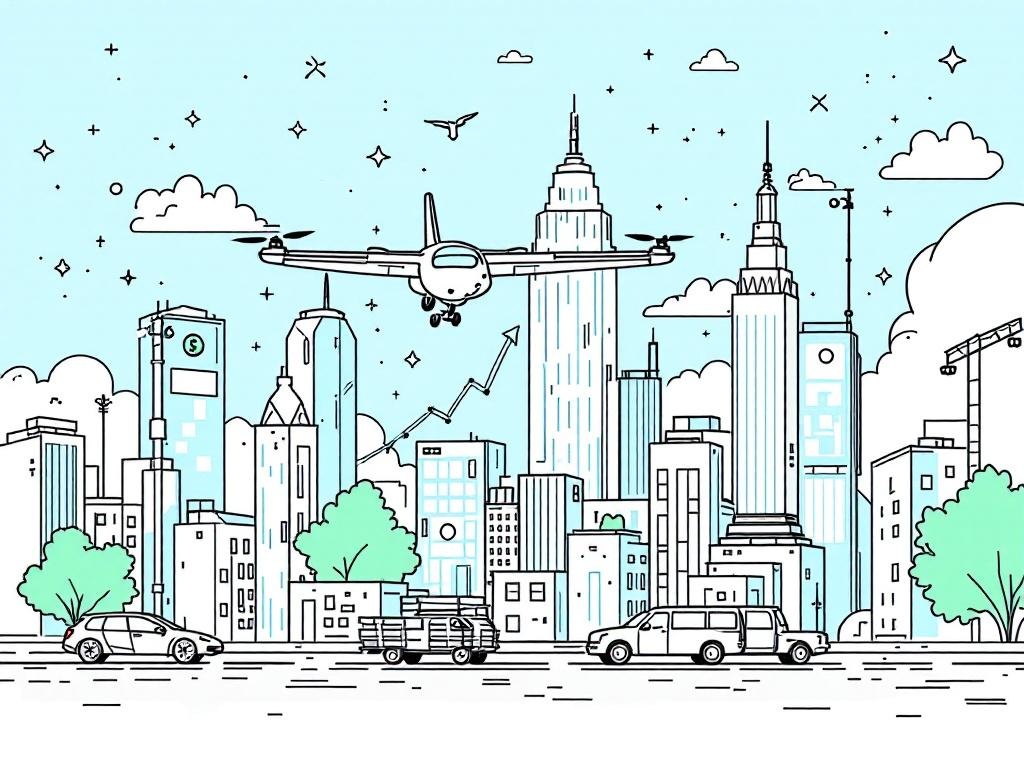eVTOL Aircraft Market Poised for Massive Growth by 2032

New York, Thursday, 26 June 2025.
The eVTOL market is projected to reach $5,664.42 billion by 2032, driven by urban air mobility initiatives. With a 32.5% CAGR, it reflects a major shift towards sustainable aviation.
Drivers of Market Expansion
The tremendous growth projected for the eVTOL market by 2032 is underpinned by several key factors, primarily urban air mobility (UAM) initiatives. The rise in demand for eco-friendly aviation technology and the advancements in battery systems support this burgeoning market. Urban congestion and the need for sustainable transport options have accelerated interest in vertical takeoff and landing technologies. Over 700 eVTOL concepts are currently in development globally, signaling a strong momentum towards commercialization [1][2].
Regulatory and Investment Dynamics
The robust compound annual growth rate (CAGR) of 32.5% predicted from 2025 to 2032 highlights a conducive regulatory environment that is slowly easing the path for such innovations [1]. Major investments by companies like Nidec Corporation into firms such as Eve Air Mobility underscore the financial commitment towards these advancements. Nidec’s investment in electric propulsion and charging infrastructure exemplifies the broader trend of industrial players gearing up for a future dominated by eVTOL aircraft [2][3].
Industries and Stakeholders
The eVTOL sector is composed of prominent companies such as Archer Aviation Inc., EHang, and Vertical Aerospace, all of which are actively developing technologies to capture market share [1][4]. Archer Aviation, for example, is poised for a significant commercial rollout of its Midnight aircraft by the end of 2025, further strengthening its presence in major urban centers like Miami and Los Angeles [3][5]. Such strategic moves position these companies as pioneers in the transitional wave toward sustainable aviation solutions.
Impact on the Global Economy
As this market evolves, its implications for the global economy could be substantial. By providing a sustainable alternative to traditional urban transportation, eVTOLs stand to reduce both traffic congestion and carbon emissions significantly. The shift towards electric and vertical air travel reflects broader economic trends prioritizing sustainability and technological innovation [4][6]. As nations worldwide adjust their regulatory landscapes to accommodate these technologies, a transformational impact on urban planning and infrastructure is anticipated over the coming decade.
Sources
- www.einpresswire.com
- www.nidec.com
- www.theglobeandmail.com
- www.finanznachrichten.de
- www.urbanairmobilitynews.com
- www.asdnews.com